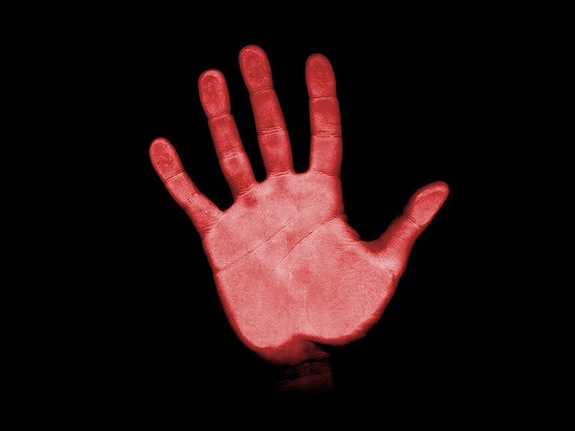This Woman Was Born With Three Fingers, But Her Brain Knew All Along What Having Five Would Feel Like
This woman’s brain knew what having five fingers felt like, even though she herself had never in her life had five fingers

Image: jakub
We don’t notice, most of the time, how truly incredible it is that the human brain can walk us through complex tasks, learn languages and even contemplate itself. But sometimes an unusual feat makes it clear how astoundingly smart our brains are—like in this case study, in which a woman’s brain knew what having all ten fingers felt like, even though she herself had been missing two since birth.
The curious story goes like this. A woman, named RN in the case study, was born with three fingers on her right hand. When RN was 18, she got into a car accident and broke several of the bones in that right hand, and six months later doctors decided to amputate it. After the amputation, RN reported having a painful phantom hand. In other words, she felt as though there was a hand there, and that ghostly hand was causing her pain.
Phantom limbs are extremely common in amputees. Cutting off a foot or arm or leg might remove the physical entity from the person, but it doesn’t remap the brain. It’s still not totally clear how and why phantom limb sensations happen, but many believe that it has to do with where our different extremities map on our brains and how the brain deals with no longer receiving input from the missing piece.
But RN’s case is interesting because the hand that was amputated only had three fingers to begin with. One would expect that her phantom limb would be a replica of the hand she lost. But that’s not what happened. RN reported feeling five fingers on her phantom hand. They weren’t five normal fingers—her thumb and index finger felt shorter than the rest—but there were definitely five.
RN lived with this phantom hand for many years before ever seeing anyone. At 57, she wound up in the office of V. S. Ramachandran, famous for pioneering phantom limb research. Ramachandran had her go through some of his mirror trainings, a common regimen for people who lose control of one side of their body or people with phantom limbs. After mirror training, RN reported that her two small fingers had grown to normal size. RN now felt as though she had a normal right hand, that happened to not exist.
This is interesting precisely because RN never had a normal right hand. You might think that her brain simply wouldn’t have the map to be able to tell her what that might feel like. But it did. Ramachandran puts it this way: “The amputation of her hand appears to have disinhibited these suppressed finger representations in her sensory cortex and allowed the emergence of phantom fingers that had never existed in her actual hand.” In other words, the brain has a ready-made map for a normal hand, that was tweaked to accommodate RN’s condition. Once the physical hand was removed, that map was restored.
Of course, this is just one person, and it’s hard to know exactly what’s going on here. But it does give one more hint as to how strange and incredible our brains are.
More from Smithsonian.com:
Jennifer Griffin on Managing a Kitchen as an Amputee
Does Double-Amputee Oscar Pistorius Have an Unfair Advantage at the 2012 Olympic Games?
/https://tf-cmsv2-smithsonianmag-media.s3.amazonaws.com/accounts/headshot/Rose-Eveleth-240.jpg)
/https://tf-cmsv2-smithsonianmag-media.s3.amazonaws.com/accounts/headshot/Rose-Eveleth-240.jpg)